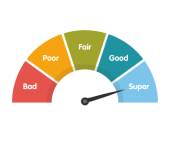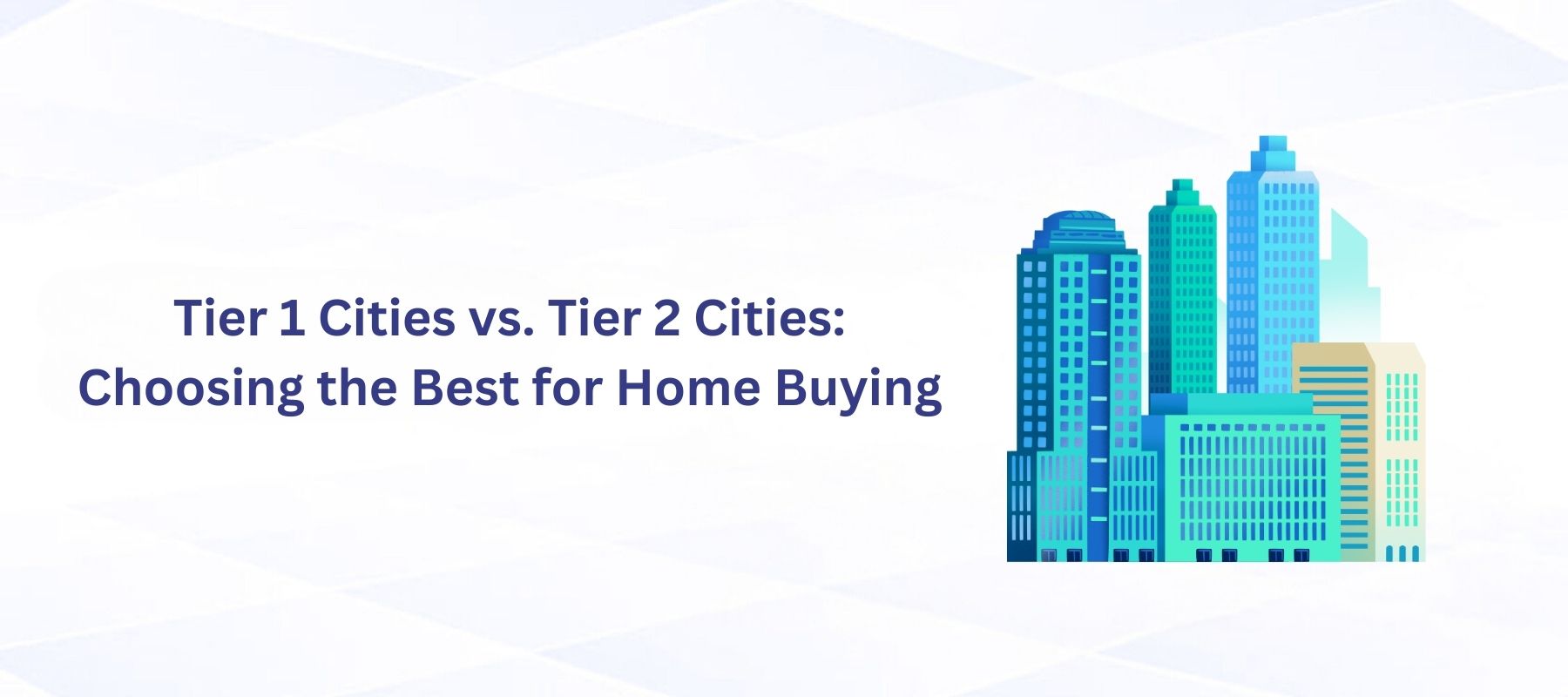Special Offers




Special Offers




11-Dec-2024 | Home Loan

India’s real estate market has undergone a significant transformation in recent years. With attractive home loan rates and increasing urbanization, choosing the right city for your dream home can be challenging. Traditionally, Tier 1 cities like Mumbai, Delhi, and Bengaluru were the go-to options for homebuyers. However, Tier 2 cities such as Jaipur, Coimbatore, and Lucknow are emerging as attractive alternatives, thanks to their affordability, improving infrastructure, and growth potential.
In this article, we’ll dive deep into the considerations that differentiate Tier 1 and Tier 2 cities, helping you make a well-informed home-buying decision.
Tier 1 cities in India are bustling metropolises with advanced infrastructure, high economic activity, and a significant population. They act as economic hubs, offering unparalleled career opportunities and urban amenities. Examples of Tier 1 cities include:
Delhi
Mumbai
Bengaluru
Chennai
Hyderabad
Kolkata
Ahmedabad
Pune
Economic Centers: Host major MNCs, IT hubs, and industrial zones.
Robust Infrastructure: Modern transport systems, hospitals, and educational institutions.
Higher Living Standards: Access to luxury housing, fine dining, and entertainment options.
High Demand in Real Estate: Property prices in these cities are premium, reflecting their desirability.
Tier 2 cities are smaller urban centers experiencing rapid development and modernization. These cities offer a balance between urban amenities and affordability, attracting homebuyers and investors seeking long-term growth potential. Prominent Tier 2 cities include:
Jaipur
Lucknow
Coimbatore
Surat
Bhopal
Visakhapatnam
Affordable Living: Cost of living and property prices are significantly lower.
Emerging Infrastructure: Expanding road networks, hospitals, and schools.
Development Opportunities: Many cities are being developed under government schemes like Smart Cities Mission.
Lower Population Density: Lesser congestion compared to Tier 1 cities, offering a more peaceful lifestyle.
|
Category |
Tier 1 Cities |
Tier 2 Cities |
|
Affordability |
High property prices, often requiring loans. |
Affordable housing with lower price points. |
|
Infrastructure |
Well-developed infrastructure and amenities. |
Rapidly improving but still evolving. |
|
Job Opportunities |
Abundant due to presence of MNCs and industries. |
Limited opportunities, often localized. |
|
Cost of Living |
High, including utilities and daily expenses. |
Comparatively low cost of living. |
|
Growth Potential |
Mature market with limited growth scope. |
Immense potential for development. |
High ROI Potential: Properties in Tier 1 cities often yield higher rental income and long-term appreciation.
Amenities: Access to world-class facilities, including healthcare, education, and entertainment.
Connectivity: Superior public transport and international connectivity via airports and railways.
Expensive Properties: Prices are often out of reach for middle-income groups.
High Cost of Living: Daily expenses, maintenance costs, and taxes are significantly higher.
Congestion: Overcrowding leads to traffic and pollution issues.
Affordability: Real estate prices are more budget-friendly, making it easier for first-time homebuyers.
Emerging Markets: Growing infrastructure and government initiatives make these cities attractive for future investment.
Quality of Life: Lower population density and better environmental conditions.
Limited Job Market: Employment opportunities may be restricted to local industries.
Evolving Infrastructure: Facilities and services are still catching up to Tier 1 standards.
When it comes to affordability, Tier 2 cities have a clear edge. Housing in Tier 2 cities is not only cheaper but also more spacious. This makes them an excellent option for homebuyers with limited budgets or those seeking a better quality of life.
Tier 1 cities offer top-notch public services, including extensive public transport networks, international schools, and specialized healthcare facilities. Tier 2 cities, while improving, still lag in these areas. However, they compensate with a more relaxed and peaceful lifestyle.
Tier 1 cities are known for high rental yields and steady property appreciation. In contrast, Tier 2 cities offer the potential for significant ROI in the long term as infrastructure develops and demand increases.
The Reserve Bank of India (RBI) categorizes cities into tiers based on population size:
|
Tier |
Population |
|
Tier 1 |
1,00,000 and above |
|
Tier 2 |
50,000 to 99,999 |
Budget: If you have a high budget and prefer luxurious amenities, a Tier 1 city might be suitable. For affordability, Tier 2 cities are better.
Job Location: Proximity to your workplace is essential, especially in Tier 1 cities with heavy traffic.
Growth Potential: If you’re an investor, Tier 2 cities might offer better returns in the future.
The decision between Tier 1 and Tier 2 cities ultimately depends on your priorities. If you value career opportunities, urban amenities, and high rental income, Tier 1 cities are a clear choice. On the other hand, if affordability, quality of life, and growth potential are more important, Tier 2 cities offer immense promise.
Whichever you choose, a home loan can simplify the process of buying your dream home. At Aavas Financiers, we provide tailored home loan solutions with competitive interest rates to help you make your dream a reality.
Affordable property prices, lower cost of living, and growing infrastructure make Tier 2 cities ideal for first-time buyers.
Yes, Tier 1 cities host major industries and MNCs, offering abundant career opportunities.
Cities like Jaipur, Visakhapatnam, and Coimbatore are experiencing rapid development due to government initiatives and private investments.
The cost of living in Tier 1 cities is significantly higher than in Tier 2 cities, including housing, utilities, and daily expenses.
Yes, as infrastructure develops, property values in Tier 2 cities are likely to appreciate significantly.